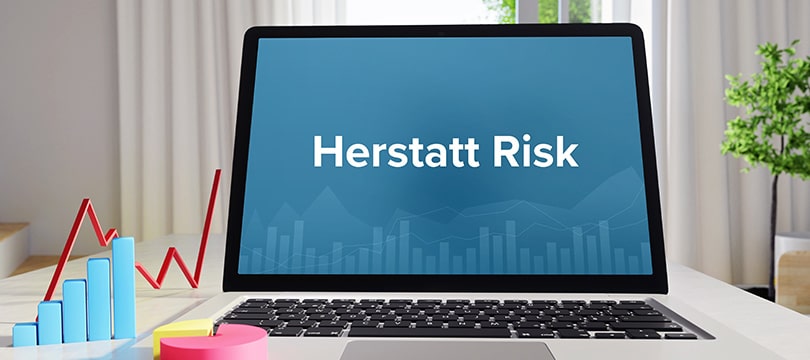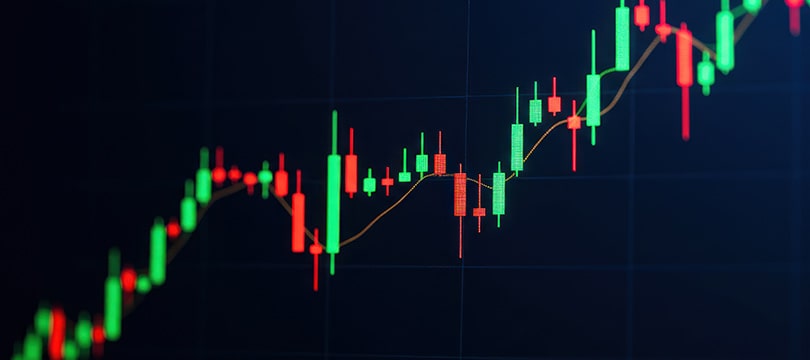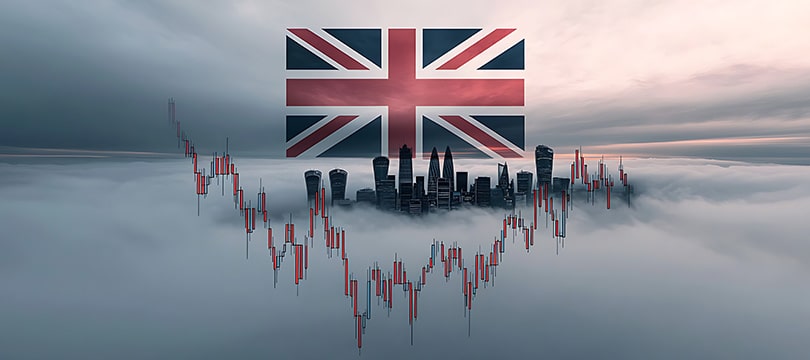Top Pitfalls for Commodity Traders and How to Overcome Them
July 23, 2025

Commodity trading is often considered a rather "brutal" branch of trading: buying and selling physical goods such as oil, gold, wheat, or coffee; reacting to geopolitical, climatic, or macroeconomic events - rather than simple indicators.
This is why it is a much more complex activity than it might appear. It is not enough to know the historical performance of a commodity or follow industry news. One must consider variables that are often not immediately evident, which drastically increase the difficulty coefficient.
We'll discuss it here. We will provide an overview of commodity trading, highlight the main pitfalls that can challenge novice traders, and propose some useful tools to approach this particular sector with greater awareness.
An overview of commodity trading
Let's start with some general information and answer the question: what is commodity trading?
This expression refers to the buying and selling of raw materials through regulated markets. They are divided into two broad categories: soft (such as cocoa, sugar, wheat, coffee) and hard (such as oil, natural gas, gold, industrial metals).
Clearly, the most traded assets are those that play a strategic role globally. Oil, for example, is at the center of global energy dynamics. And then there's gold, which is considered a safe-haven asset in times of economic uncertainty.
Many traders operate on these asset classes through futures contracts or CFDs, which allow them to use financial leverage, take both long and short positions, and most importantly, not have to hold the commodity (which would be too complex).
Beyond that, commodity trading requires a certain analysis of timing and methods. Unlike other markets, the commodity market is subject to strong seasonality and cyclical dynamics. For example, wheat prices tend to follow agricultural cycles, while natural gas prices are sensitive to winter demand.
The pitfalls of commodity trading
Let's get to the heart of the matter and talk about the pitfalls, the structural risks. There is certainly no shortage of them in commodity trading, especially for beginners. Some risks are common to other forms of trading, but others are peculiar to commodities. Here are the most relevant ones.
Extreme volatility
The first pitfall is high volatility. Commodities can experience very wide fluctuations even in short periods. The causes are multiple: geopolitical events, weather conditions, OPEC decisions, USDA reports, port strikes, or changes in inventories.
Volatility can generate large profits, but also sudden losses. To deal with it, it is essential to calibrate exposure and use tools such as stop-loss orders rigorously. Risk management must be a priority, especially in leveraged markets.
Underestimated leverage effect
Many beginners approach commodity trading using derivative instruments such as CFDs or futures. Both allow trading with high leverage. This means that small movements in the underlying price can generate gains or losses much greater than the invested capital.
The most common mistake is overestimating one's abilities and operating with overly aggressive leverage. To reduce risk, it is preferable to start with low leverage, perhaps on less volatile assets, and adopt a gradual growth strategy.
More complex fundamental analysis than usual
Fundamental analysis of commodities requires specific skills. Unlike the stock market, where it is possible to analyze balance sheets, sectors, and company KPIs, in commodity trading it is necessary to interpret data on harvests, inventories, extractions, international political and regulatory decisions.
Many novice traders neglect these aspects and rely solely on technical analysis. In reality, an effective strategy requires a combination of both analyses. To fill this gap, it is advisable to follow industry reports, official sources such as EIA, OPEC, USDA, as well as dedicated training courses.
Excessive exposure to a single commodity
Another common mistake is the concentration of capital on a single commodity, often chosen based on the popularity of the moment (such as gold in times of uncertainty or oil in phases of economic growth).
Exposure to a single asset amplifies the specific risk and can compromise portfolio stability. The simplest way to address this risk is diversification, even between soft and hard commodities. It is also possible to include uncorrelated assets such as indices or currencies to balance volatility.
Some psychological advice
Operating in commodity trading requires a certain mental solidity. The pitfalls we have discussed can put pressure even on the most prepared traders. For this reason, it is important to adopt a psychological approach oriented towards clarity and control.
First of all, it is necessary to accept that loss is part of the process. There is no strategy that guarantees success in every operation. What matters is consistency over time and discipline in risk management.
It is also essential to avoid impulsive decisions. Commodity markets are often subject to emotional reactions from participants. Those who manage to stay calm have a competitive advantage.
Finally, it is good to reduce exposure during periods of personal stress or lack of focus. Commodity trading requires mental presence and analytical skills. Sometimes, the best thing to do is... to do nothing.




